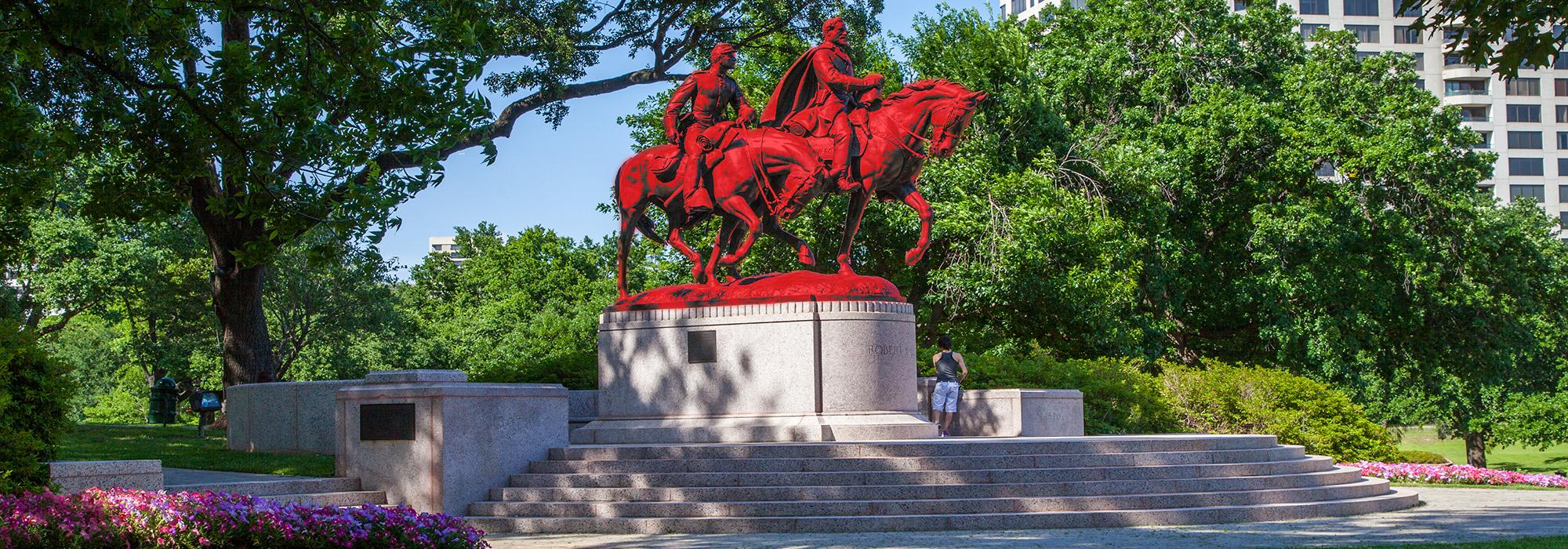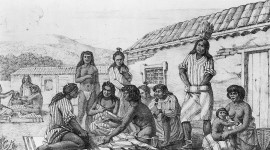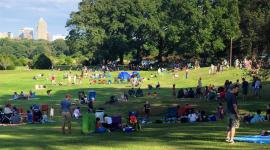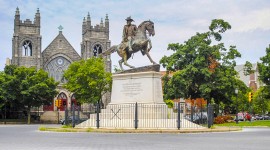Race and Cultural Landscapes: A Conversation With W. Fitzhugh Brundage
Editor’s note: ‘Race and Cultural Landscapes’ is a series of one-on-one conversations with thought-leaders around the nation about how issues of race and history are represented and evoked in cultural landscapes (see Part 1 and Part 3 ). The aim of the series is to shed light on these complex and often controversial issues via thoughtful questions and dialogue. In this second conversation in the series, Professor W. Fitzhugh Brundage talks with TCLF about Confederate monuments, advocating to either put them in proper context or to remove them.
Before we delve into the current debate surrounding Confederate monuments, can you begin by defining ‘commemorative landscape’ as a concept?
It is useful to think of the commemorative landscape as a built landscape dedicated to commemoration, and also as a site that may be used frequently for ephemeral commemorative celebrations. Communities intent on creating enduring commemoration routinely create physical memorials situated in some conspicuous public space. Commemoration may also take the form of ephemeral public events, such as parades and orations, but it virtually always takes place in physical space. The sites of such events are chosen with care and with an eye toward symbolic significance. The steps of the Lincoln Memorial and the Reflecting Pool beyond them, for example, are a permanent commemorative space that honor the martyred president and the republic, but those same spaces have acquired additional layers of meaning as the site of Marian Anderson’s public recital in 1939 and Martin Luther King’s acclaimed “March on Washington speech” in 1963. I think the term ‘commemorative landscape’ concisely captures these varieties of public commemoration and their relation to public space.
Commemorative landscapes are often so straightforward that we take them for granted. Some commemorative spaces that do not possess the self-evident symbolic significance of Plymouth Rock or Mount Vernon, for example, nevertheless express the deepest ambitions and anxieties of the communities who erected them. The American landscape is dotted with otherwise minor monuments and memorials to events, people, and causes that few of us are familiar with.
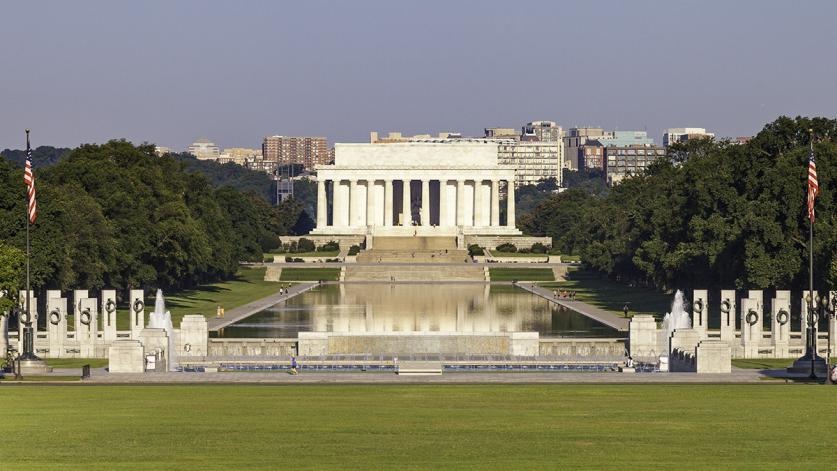
Much of your published research is centered around issues of historic memory in the South. Given that representation of past events is almost always selective, in an ideal world, do you think it should be the goal to represent all the stories that have occurred in a given landscape? Can a site’s interpretation ever be truly inclusive of the layered complexities that occurred there?
You have pinpointed one of the conundrums of commemoration. I suspect few of us would like to experience a commemorative space that is so layered with narratives that we have to struggle to find meaning in it. In most instances, the creators of monuments have an overarching narrative conceit that they want to ensure subsequent generations can easily grasp. Nevertheless, some monuments intentionally silence or ignore unwelcome layers of complexity. To return to the Lincoln Memorial as an example, although the monument does not directly grapple with Lincoln’s ideas about racial equality, it conspicuously displays his Second Inaugural Address in which he expressed contrition, on the part of the nation, for the sin of slavery. His eloquence did not promise racial equality per se, but his words made it clear that Americans had been obligated to cleanse the land of slavery. By way of contrast, there are countless monuments to the Confederacy that concede no ambiguity whatsoever about the honor, justice, and heroism of the “Lost Cause.” These aggressively and narrowly didactic commemorative spaces may well be interesting historical artifacts and, less often, important aesthetic accomplishments, but they actively discourage any appreciation of historical complexity or contestation.
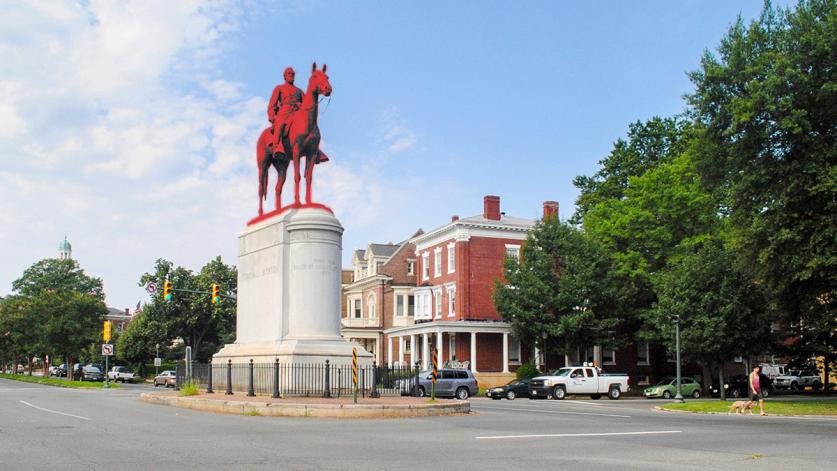
What an interesting point – that even commemorations of public figures who are broadly seen in a positive light, such as Lincoln, are illustrating history from a particular perspective. With that said, can you tell us about who erected the Confederate monuments and what stories they were trying to tell?
At the most basic level, commemorators of the Confederacy wanted to create permanent symbols that honored the Confederate cause as legitimate, honorable, and just. They couldn’t erase the fact of defeat but they could erase (or attempt to erase) any stigma that might be attached to it. Very few Confederate monuments lament the Civil War. Instead, they lament that the Confederacy was defeated. Beyond this fundamental message, some Confederate monuments are shrines to those Confederates who died in uniform. The earliest monuments to Confederate dead were typically located in cemeteries and employed conventional late-nineteenth-century funereal symbolism (e.g. obelisks, crosses). But the now-iconic Confederate soldier monument, the sculpture of an anonymous Confederate soldier atop a pedestal, was a retort, if you will, to comparable monuments that were erected in the North at the same time. White southerners saw themselves as locked in a struggle with Yankees who were filling the landscape with impressive monuments to the Union victory. Less often, defenders of the Confederate cause erected monuments to the ‘Women of the Confederacy,’ or other constituencies, as a way of asserting that the (white) population of the South had been steadfastly committed to the Confederate cause (which was true in some regions and among some populations, but was certainly not accurate for Kentucky, Tennessee, North Carolina, or Arkansas).
Robert E. Lee, in particular, became the idealized representation of white Southern civilization. General Lee had aristocratic origins, was admired as a gentlemen of honor by his peers before the Civil War, had been a war hero in the Mexican War, and was a devout Christian. He, in sum, was perceived to be the best possible face Confederates could put on their cause. As art historian Kirk Savage has explained in his brilliant interpretation of the monument to Robert E. Lee on Monument Avenue in Richmond, his commemoration was a vehicle for white southerners to present themselves as they wanted to appear – to themselves and to others. But as I suggest above, the really striking silence in Confederate monuments is the absence of any acknowledgment of regret or of the horrors of the war.
To play the devil’s advocate for a moment, might some Confederate monuments be significant as historical artifacts that aid our understanding of either the time period in which they were created or the time period they commemorate?
I agree that Confederate monuments are valuable teaching tools. An observer cannot fail to be struck by the fact that the Confederacy suffered total defeat and failed to achieve any of its proclaimed national objectives and yet the American landscape, from Vermont to California, is (or was until recently) cluttered with monuments that celebrate the justice of the Confederate cause. Understanding how Americans reconciled themselves to the commemoration of the Confederate cause on a national scale remains an important undertaking for teachers of history at all levels. But because most Confederate monuments were conceived of as symbolic tools to silence alternative contemporary narratives of the Civil War, they demand thorough contextualization to retain their value in introducing contemporary citizens to crucial layers of history. We will need to erect virtual billboards beside some Confederate monuments to explain that they were erected by white southerners who claimed the right to speak for “the South” while actively ignoring the counter-memories of their African American neighbors and those whites in the region who had remained loyal to the Union. In addition, most Confederate monuments efface slavery from history. To draw an analogy, we can use preserved signs from the era of Jim Crow segregation, such as for a “Colored Waiting Room” or “Colored Water Fountain,” to convey the visceral reality of the ideology of white supremacy, but few among us would probably endorse the idea of continuing to display such signs in public in order to promote a fuller understanding of our national history. Likewise, I agree that many monuments have real value as historical artifacts in the appropriate context, but most are divisive rather than useful tools for historical education in their current privileged locations.
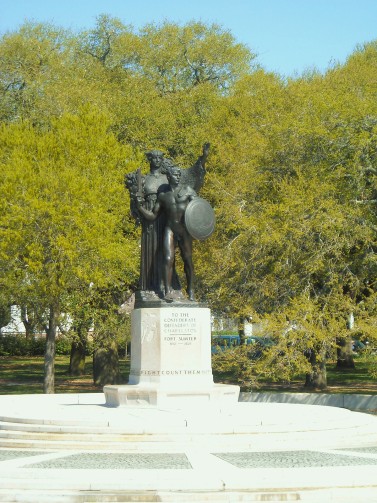
One argument that those in favor of retaining the monuments have put forth is the resistance to ‘erasing history.’ Surely, however, there is a precedent for removing or modifying the meaning, context, or physicality of manmade objects in the landscape as contemporary priorities shift – are we facing a decision with different or more complicated factors than we have in the past?
I think part of the current issue is that we as a nation may be talking about many different things simultaneously. Sometimes the issue gets distilled down to whether to “remove or retain” the monuments. Sometimes it is presented as a debate over whether the monuments are innately racist or not. I think it is useful to dwell on the importance of the site of the monuments and the cultural “weight” that it gives to the monuments. By moving the monuments we won’t erase history or the monuments. We have moved monuments for various reasons without controversy in the past, and indeed have even physically “erased” monuments. During the late nineteenth century, for example, historical enthusiasts in Greensboro, North Carolina, bought the Guilford Court House Revolutionary War battle site and turned it into a patriotic shrine. They built large commemorative arches and an impressive avenue of monuments. Eventually, during the 1930s, the National Park Service (NPS) assumed responsibility for the site, dismantled the arches, and even melted down one of the monuments for the war cause during World War II. The NPS claimed that the monuments were not relevant to the historical interpretation of the site. In sum, there is precedent for moving or modifying monuments when and if there is a will to do so.
So, then, where do we draw the line? What is to be done about nods to the Confederacy in other capacities – such as in the naming of streets, public spaces, or even universities?
I advocate “commemorative triage.” I think we need to be realistic about the scale of the task to cleanse the land of Confederate commemoration. There undoubtedly are long-forgotten monuments in obscure locations or streets named after obscure Confederates that do not need to absorb our energy at present. I advocate that we identify those Confederate commemorations that chafe the most, whether because of the especially conspicuous public space they occupy, the subject being commemorated (e.g., a highly controversial figure like General Nathan Bedford Forrest), or the text on the monument (e.g., monuments that present the Confederate cause as uniquely just and honorable), and then adopt a course of action to move or reinterpret them. I also strongly believe in local decision-making with regard to the commemorative landscape, so I acknowledge that some communities might elect to preserve Confederate monuments, street names, etc.
Can you speak a bit about the Commemorative Landscapes of North Carolina project, for which you act as scholarly advisor?
The “CommLands” project started almost a decade ago as a way to translate my interest in historical memory into terms that were relevant to the residents of North Carolina. While doing research for a book, I had been frustrated by the lack of a robust inventory of historical monuments for any particular state, let alone the country. With that lacuna in mind, we set out to create a searchable inventory of historical monuments and other commemorations in North Carolina. We wanted to provide information on the creators of the monuments, the dedication of the monuments, and any subsequent history, along with historical images and primary sources. We initially identified about 350 monuments in the state and started building up the content. We have now identified more than 900 monuments and will more or less complete our inventory at over 1,000 monuments in this one state.
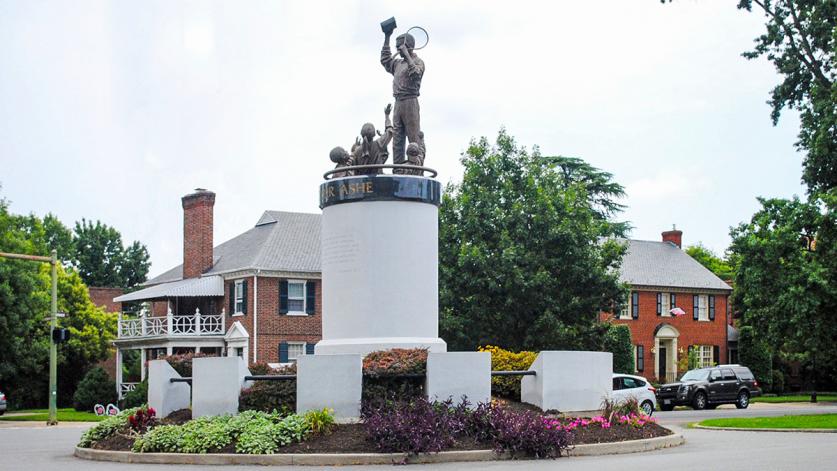
Is the majority of the “CommLands” database related to Confederate monuments, or are there other significant commemorative types being documented in North Carolina? Can the database be used as a tool in the current debates about commemorative landscapes?
The data that the website makes available is directly relevant to the public conversation about the contested commemorative landscape. A simple search will quickly demonstrate the remarkable paucity of monuments to women, African Americans, and Indians in this state. For example, there are more monuments to the Spanish American War than there are to women of any period in North Carolina. We can also compare the difference in commemorative forms for monuments devoted to various themes. There hasn’t been much public discussion about World War I or World War II monuments that ignore the participation of black soldiers or segregate the listed soldiers by race. One possible explanation for this silence is that these war monuments are often inconspicuous plaques with lists of names, while a large proportion of Confederate monuments are representational sculptures that are conspicuously placed so that they are not easily ignored.
The intent is for CommLands to serve as a repository of images and information about extant, moved, removed, and future monuments. Finally, we hope that CommLands will encourage communities to reflect on what is commemorated there, what isn’t commemorated, and what perhaps should be commemorated in the future.
W. Fitzhugh Brundage is the William B. Umstead Distinguished Professor and Department Chair of the Department of History, University of North Carolina at Chapel Hill. His general research interests are American history since the Civil War, with a particular focus on the American South, and he is the scholarly adviser to the Commemorative Landscapes of North Carolina project. He has written on lynching, utopian socialism in the New South, and white and black historical memory in the South since the Civil War.



